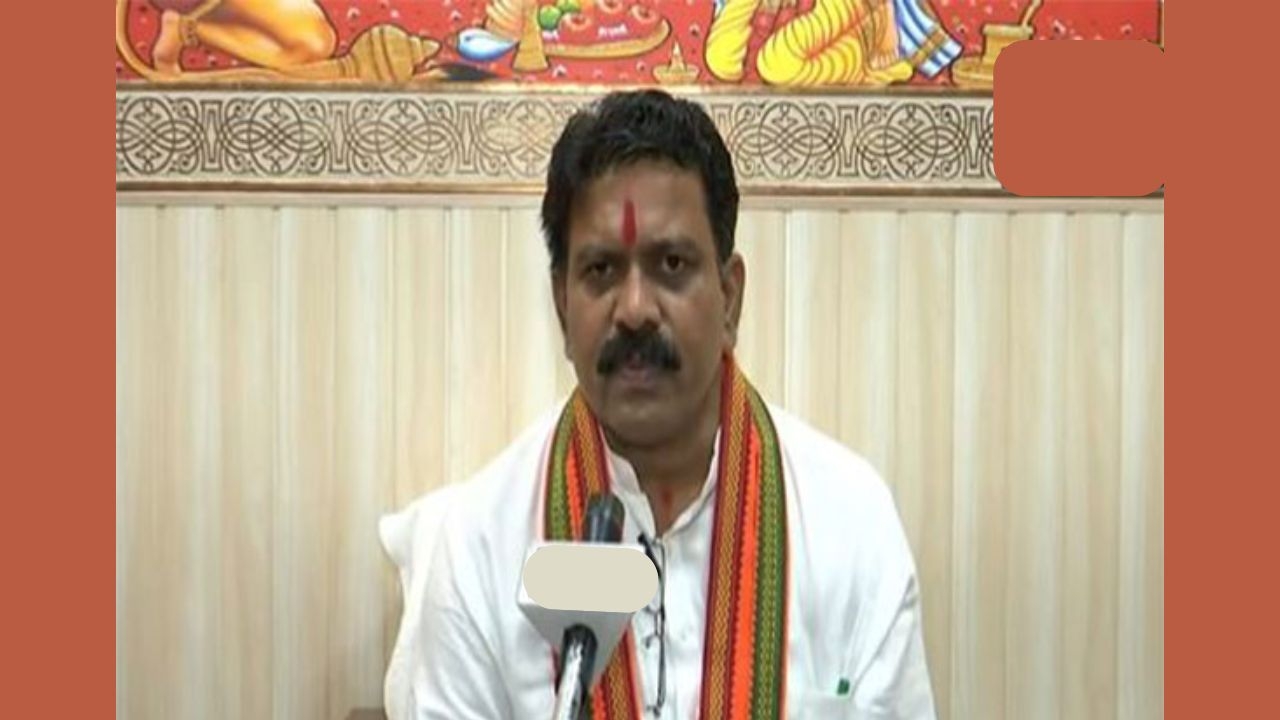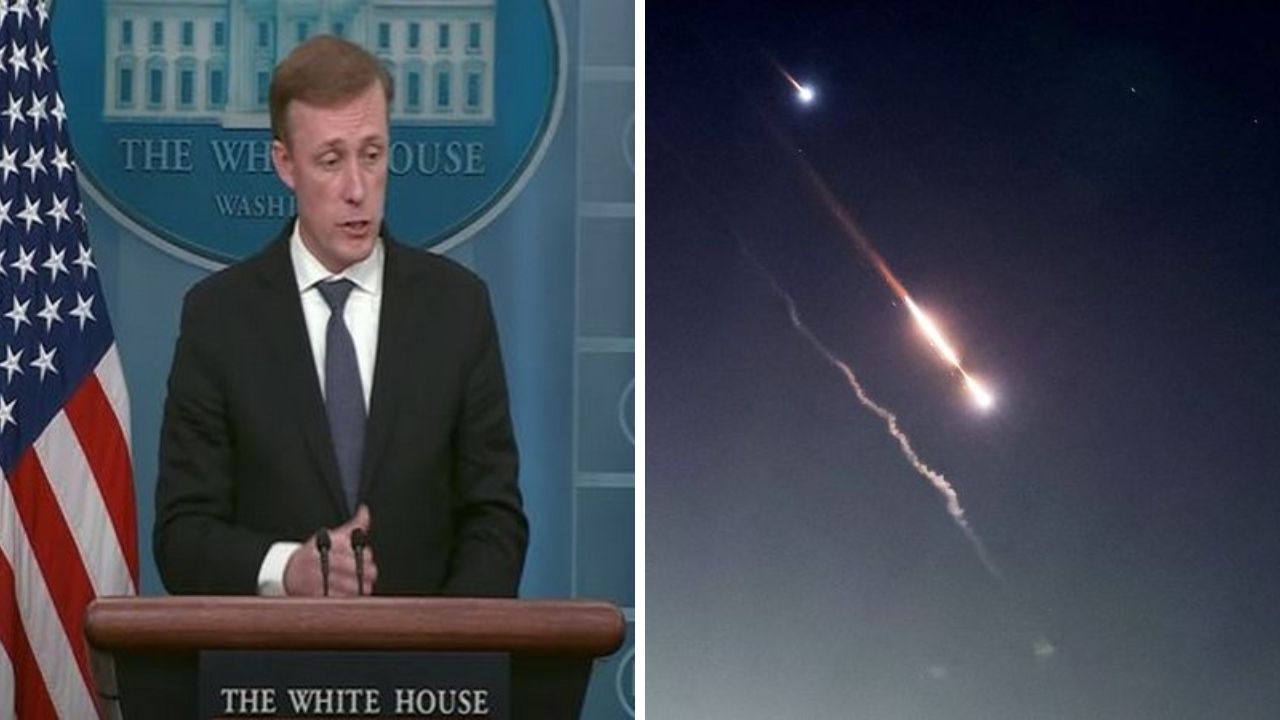Ken-Betwa link still has roadblocks ahead: water secy. But PIB said otherwise
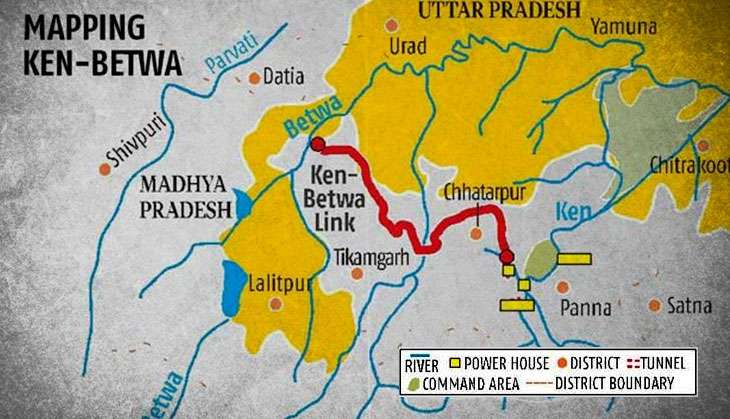
On 26 December, the Press Information Bureau released a notice with the headline 'the last hurdle for Ken-Betwa river-linking project is over,' stating that the wildlife board has cleared the project and all that is left is to decide the funding pattern before formal construction begins.
Dated approval
The PIB release however, denotes to a clearance awarded by the National Board for Wildlife (NBWL) for the project that was published by the Ministry of Environments, Forests & Climate Change on 23 August, which refers to minutes of a meeting held on the 19 September.
This essentially means that the news is dated.
What makes the notification more perplexing is the fact that the notification states that 'the last hurdle for the project is over,' which basically ignores the fact that the project still needs both Environmental Clearance from the Union Ministry of Environment and Forests and both stages of forest clearance.
Also read - Playing with fire: Ken-Betwa & the flawed logic of river-linking
"We cannot state with certainty what the ecological implications are of this project. The Environment Assessment by the concerned authority will provide a better picture. Without a clearance from the ministry the project is far from implementation," Sashi Shekhar, secretary, the Ministry of Water Resources, River Development & Ganga Rejuvenation informed Catch.
A lot at stake
What's more is that the NBWL's clearance is not enough. The Supreme Court's Central Empowered Committee has to give its final de-notification of protected areas for the project to move ahead.
Even with the clearance awarded by NBWL, the National Tiger Conservation Authority has cited major concerns due to the direct loss of tiger habitat of 105 sq.km, loss of vulture nesting sites and other disturbance to wildlife.
'What we need to understand is what are we losing with the project. Is it livelihoods that are at stake? Many irrigation projects in the country have failed to meet the demands that the project initially promised. We need to better evaluate the pros and the cons," Shekhar states.
Shekhar also talks of lack of assessment of river basins and floodplains before construction that leads to catastrophic results as well as lack of scientific evidence to figure out the ecological and economical impact of the project.
The project attempts to transfer water from the river Ken, near Panna in Madhya Pradesh to the river Betwa near Jhansi in Uttar Pradesh through a roughly 220-kilometre long canal replenishing water-deficient Bundelkhand areas.
The major drawbacks
1. No scientific evidence to show that river Ken has excess water. In an earlier interview by Catch, Himanshu Thakkar, coordinator of the South Asia Network of Dams Rivers and People, had stated that the studies have shown water balance studies have been manipulated to show that Ken has surplus water, when both have the same water levels.
2. Studies that show the feasibility of the project is not in the public domain and have not been provided to the potentially affected villages if the project gets implemented. The studies that are in public domain have not concluded that the project is entirely feasible.
3. Between 2004 and 2011, the Ministry of Water Resources set up an expert body on interlinking of rivers but it was dissolved without notice.
4. No consent from all panchayats of villages that would be affected through multiple public hearings.
5. The interlinking of rivers will have direct impact on neighbouring countries namely Nepal, Bhutan and Bangladesh.
Final approval awaited
Gopal Krishna of the Ganga Bachao Samiti has written to the Minister of Water Resources Uma Bharti stating that the project needs more clearances including from the concerned district, state and National Ganga River Conservation Authorities. This Krishna states, has not been achieved so far.
The letter adds that the NWDA's claim that the project will provide boost in "every sphere of life including job creation, greenery, tourism and ultimately helps in food production and thus increase food security of the nation" is an exercise in empty posturing.
Edited by Aleesha Matharu
More in Catch - World Environment Day: tiger numbers on the rise, but so are threats
India's protected areas are just 4.79%. Secure them at all cost: Belinda Wright
First published: 29 December 2016, 7:02 IST

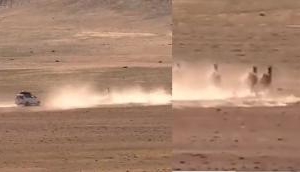

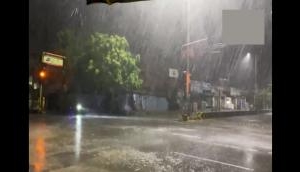
_251021_300x172.jpg)

![BJP's Kapil Mishra recreates Shankar Mahadevan’s ‘Breathless’ song to highlight Delhi pollution [WATCH] BJP's Kapil Mishra recreates Shankar Mahadevan’s ‘Breathless’ song to highlight Delhi pollution [WATCH]](http://images.catchnews.com/upload/2022/11/03/kapil-mishra_240884_300x172.png)

![Anupam Kher shares pictures of his toned body on 67th birthday [MUST SEE] Anupam Kher shares pictures of his toned body on 67th birthday [MUST SEE]](http://images.catchnews.com/upload/2022/03/07/Anupam_kher_231145_300x172.jpg)


